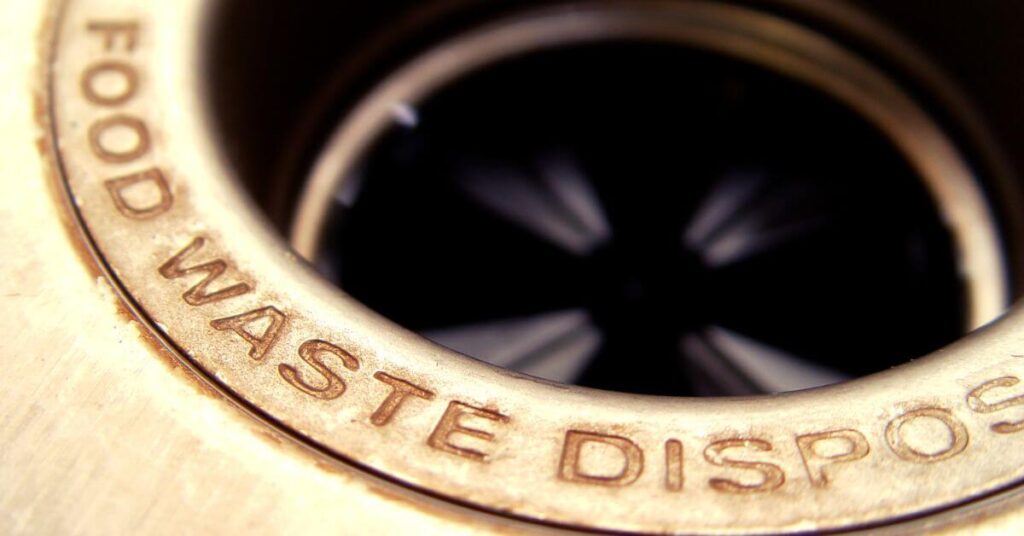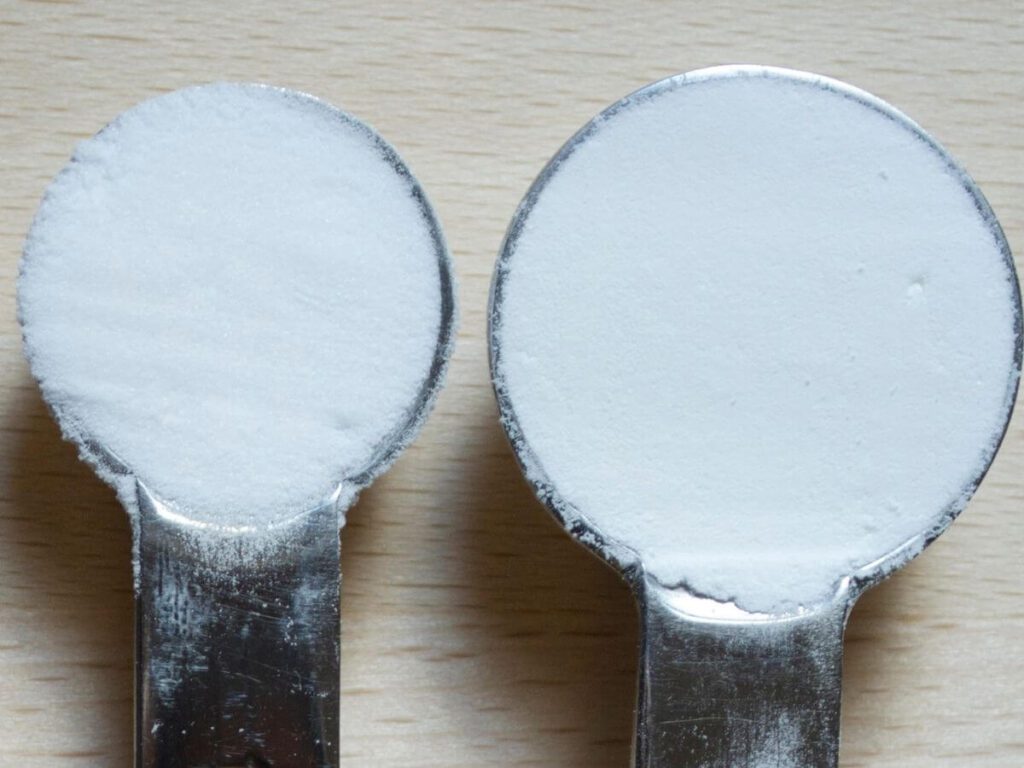
That gross smell coming from your home’s garbage disposal can be fixed with relatively easy techniques that can quickly restore freshness to your sink and kitchen. Keep reading to learn how to make your garbage disposal smell better.
How to Make Your Garbage Disposal Smell Better
It’s no secret that an unpleasant-smelling kitchen can really put a damper on things when you’re trying to cook or entertain guests. Luckily, there are some simple remedies available for keeping odor under control – starting with addressing problems with your garbage disposal unit.
But first things first – let’s identify the root causes behind those unsavory garbage disposal scents. Proper identification of the underlying cause is crucial to effectively tackle the issue at hand.
What is Causing That Awful Smell?
The common factors responsible for unpleasant smells coming from garbage disposals are trapped food debris, which can accumulate over time and lead to buildup and bad odors. Additionally, pouring grease, oil, fats, fibrous vegetables, and bones into your disposal can result in solidification and blockages that also generate stinky smells.
You must ensure adequate water flow for at least 15 seconds during and after grinding with your garbage disposal to prevent food particles’ decomposition inside the unit. As your garbage disposal gets older, it may not grind debris as well and can produce persistent smells in your kitchen. But don’t worry! Once you have identified the culprit, we have some solutions.
Consistent Cleaning is Key!

Accumulated food particles lead to unpleasant smells over time; focus on cleaning out your splash guard regularly with gentle soap and warm water (or removing it completely).
Using ice cubes with either rock or coarse kosher salt within your garbage disposal will help give it that extra touch of cleanliness. The disposal should be run with cold water while adding a mixture of ice and salt to eliminate any potential blockages and restore the sharpness of its blades.
Another way to fight garbage disposal odors is to toss small pieces of lemon or orange into it. The natural citrus oil provides a refreshing scent, while the acid helps clean sharp blades.
To remove tougher residues, pour baking soda (half a cup) into the sink, followed by white vinegar (one cup). After 15 minutes, flush with hot water before starting the disposal.
Be Proactive
Always run cold water while using your garbage disposal. After disposing of waste through your garbage disposal, leave the tap running for approximately one minute.
When to Call a Professional
It’s important that you recognize the signs that indicate a more severe problem, which requires an experienced technician. If you notice unusual sounds or leakage or experience unresponsive behavior after attempting basic troubleshooting methods – call an expert. Scheduling regular maintenance appointments with a professional is an excellent preventive measure. This will guarantee that your garbage disposal remains in first-rate condition and operates at peak efficiency for years to come.
FAQs

What can go down a garbage disposal?
A garbage disposal is a handy appliance in the kitchen that helps break down small pieces of food like fruit peels and vegetable trimmings. Do not use a garbage disposal to get rid of fibrous vegetables like celery that might tangle up your blades or coffee grounds that could turn into sediment. Do not use them for large bones and oils, as they may cause blockages and foul odors.
When was the garbage disposal invented?
John W. Hammes, an architect from Racine, Wisconsin, invented the garbage disposal in 1927.
You Might Also Like:
How To Clean Drain With Baking Soda And Vinegar
How To Keep A Stainless Steel Sink Clean
Build Your Own Modular Wall Storage Units: Top Five Design Ideas
